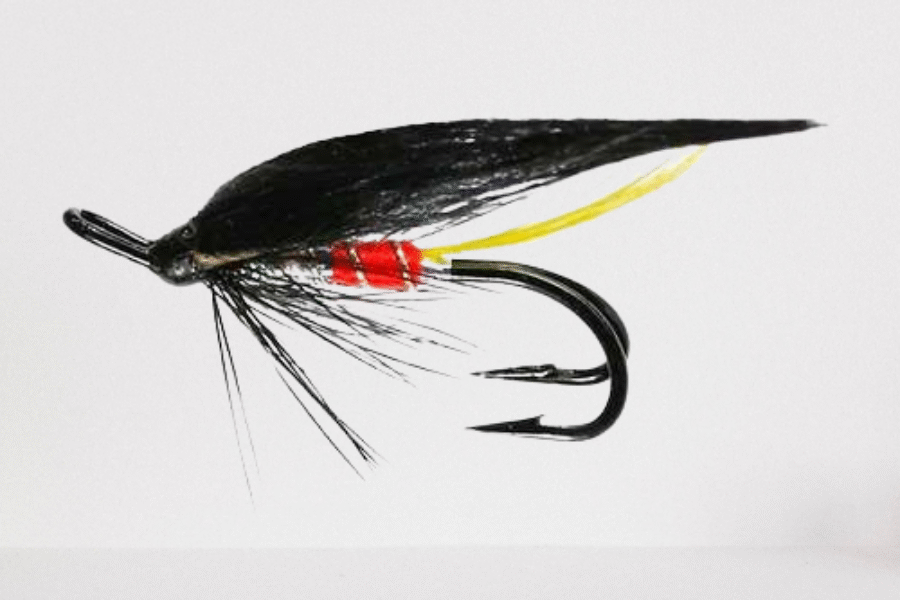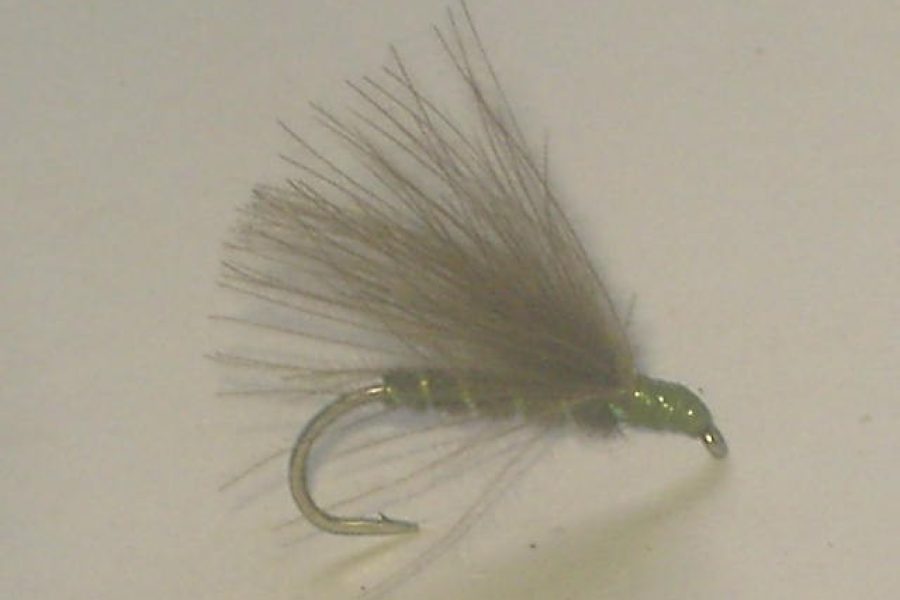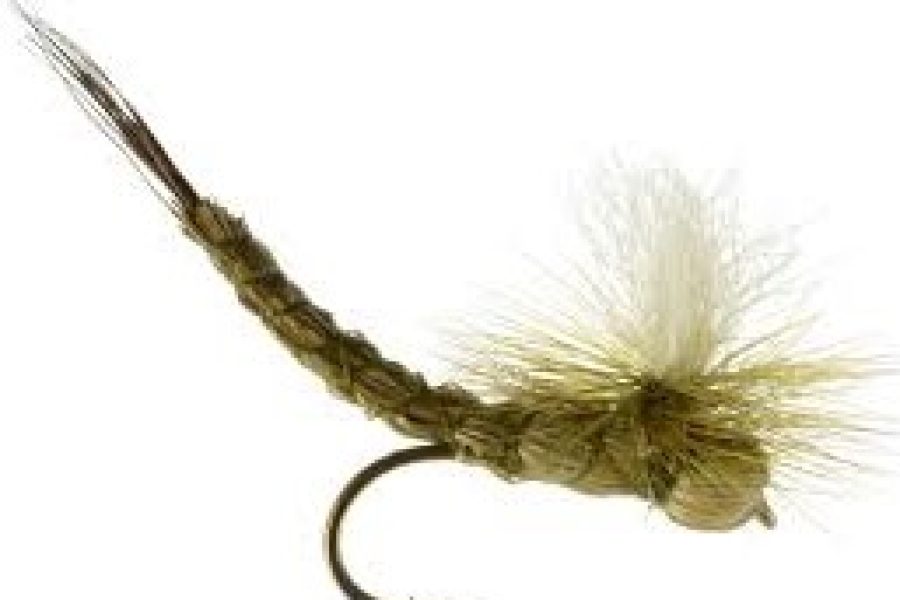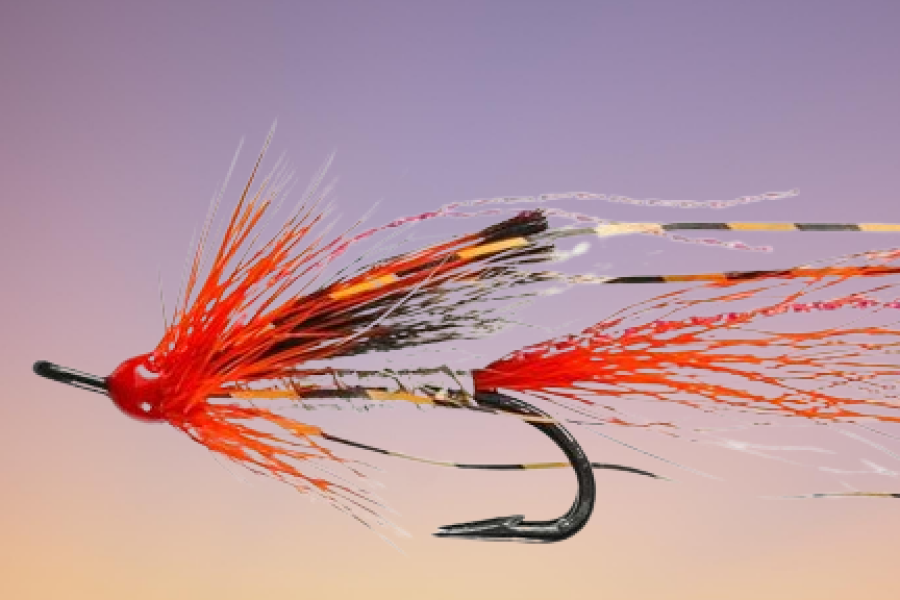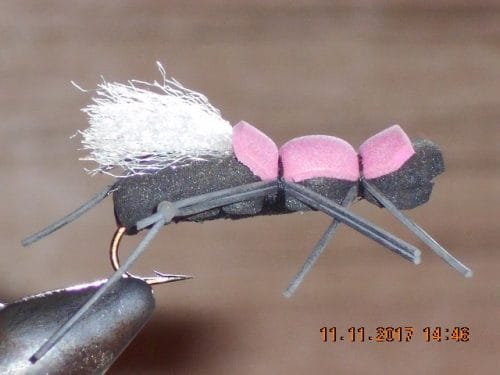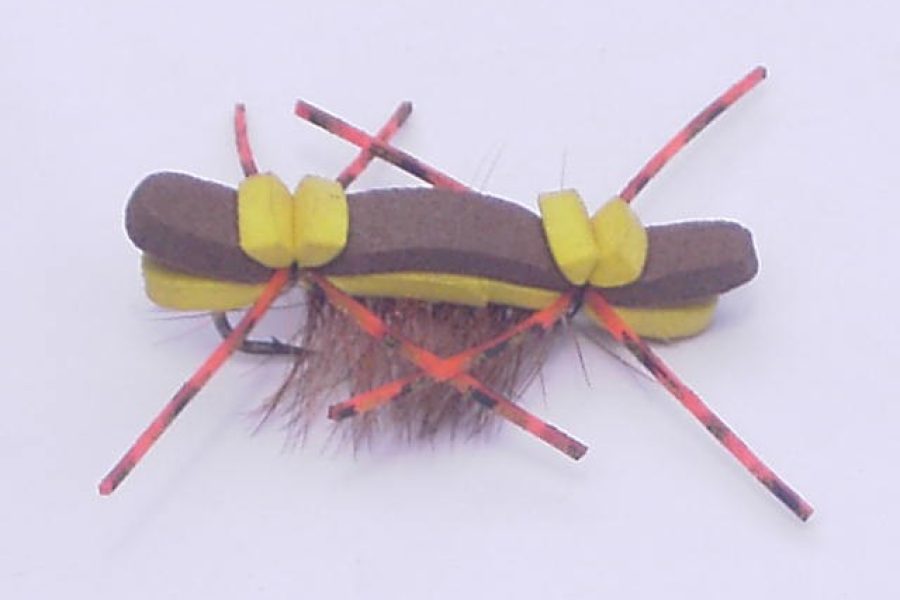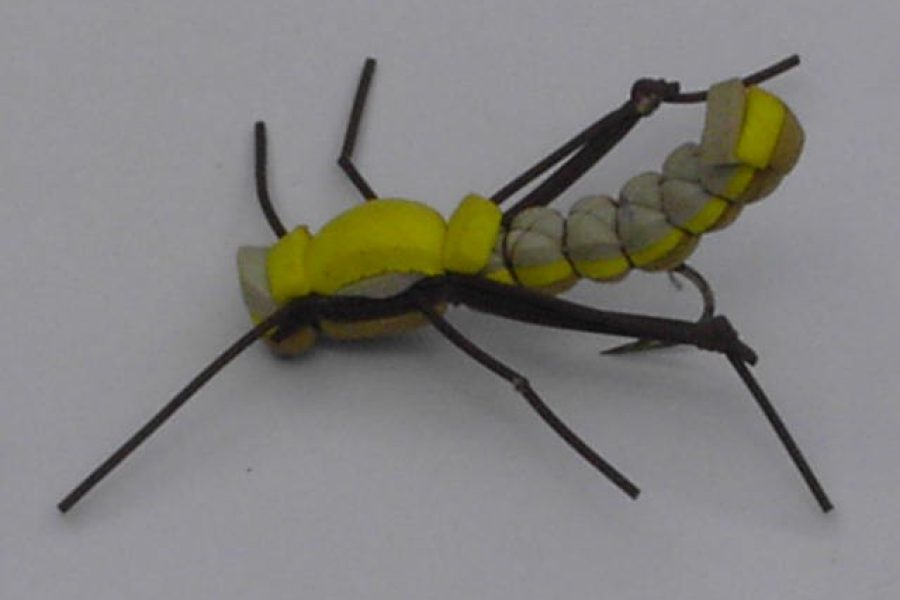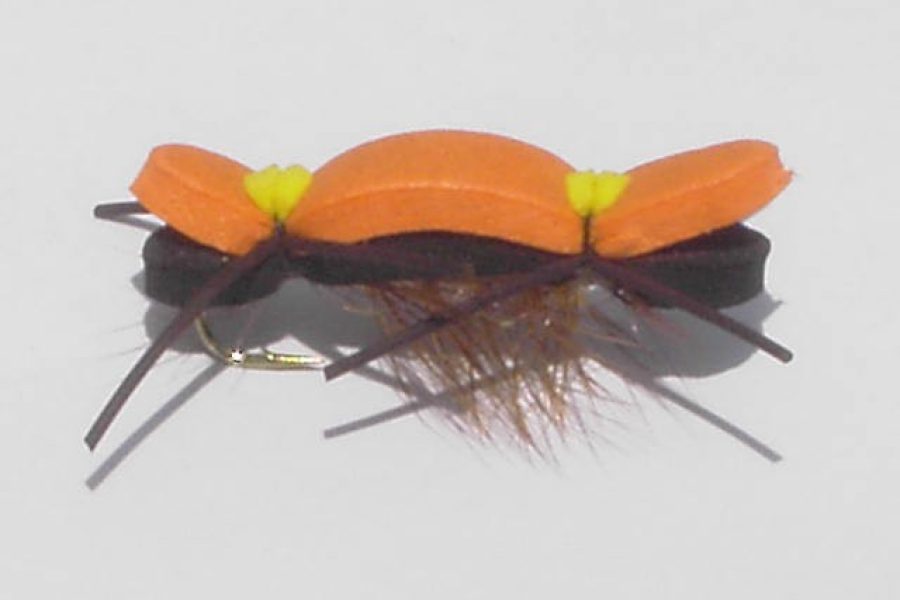taylor’s fat albert black fly
Per Dozen $ 7.00
Description
taylor’s fat albert black fly : Premium Terrestrial fly’s
The taylor’s fat albert black fly represents the pinnacle of foam-body terrestrial pattern design, combining innovative construction techniques with proven fish-catching effectiveness. This meticulously crafted pattern has earned its reputation as a must-have fly for serious anglers targeting trophy fish in various water conditions.
Design Excellence and Innovation The Taylor’s Fat Albert Black showcases sophisticated design elements that set it apart from standard terrestrial patterns. Its oversized foam body creates a commanding presence on the water, while maintaining perfect float characteristics even in fast-moving currents. The pattern features a precisely engineered profile that effectively imitates multiple food sources, from Mormon crickets to large stoneflies, making it an exceptionally versatile pattern for different fishing scenarios.
Material Selection and Technical Construction Every component is carefully selected for both performance and durability:
- Premium-grade black foam body for exceptional buoyancy
- High-quality rubber legs for lifelike movement
- Durable synthetic materials for extended life
- Specialized hackle collar for enhanced profile
- Heavy-duty hook for reliable hook-sets
- Reinforced construction techniques for longevity
Strategic Fishing Applications This pattern excels in multiple fishing scenarios:
- Fast-moving mountain streams
- Calm river sections
- Lake edges and shorelines
- Terrestrial-rich environments
- Structure-adjacent waters Each environment allows the pattern to showcase its effectiveness.
Seasonal Effectiveness The pattern demonstrates remarkable productivity throughout the fishing season:
- Spring: Early season stonefly imitation
- Summer: Peak terrestrial season effectiveness
- Fall: Late-season terrestrial activity
- Winter: Limited but specific applications Seasonal adaptations in presentation maximize success rates.
Species-Specific Performance While primarily designed for trout species, the pattern proves effective for:
- Rainbow Trout in various waters
- Brown Trout in terrestrial conditions
- Brook Trout in mountain streams
- Smallmouth Bass in rivers
- Various warm water species
Water Presentation Characteristics Superior presentation qualities include:
- High-floating profile in all conditions
- Realistic silhouette from fish’s perspective
- Effective “plop” during presentation
- Stable drift in varying currents
- Excellent visibility for anglers
Advanced Retrieval Techniques To maximize the pattern’s effectiveness:
- Dead-drift presentation
- Subtle twitches
- Skated retrieves
- Bank-side presentations
- Current-seam drifts
Technical Advantages Key performance benefits include:
- Exceptional buoyancy
- Multiple species imitation
- High visibility for anglers
- Durable construction
- Versatile fishing applications
Line and Leader Configuration For optimal presentation:
- 9-foot leaders standard
- 3X-4X tippet recommended
- Floating line essential
- Leader straightening crucial
- Proper turnover requirements
Environmental Adaptability The pattern performs consistently across:
- Various light conditions
- Different water clarities
- Multiple current speeds
- Various temperatures
- Different elevations
Competition and Professional Applications The Taylor’s Fat Albert Black has established itself in serious angling:
- Guide’s choice pattern
- Tournament-proven design
- Professional competition use
- Training pattern for beginners
- Reliable producer in pressure situations
Size Variations and Pattern Modifications Available in multiple configurations:
- Standard size 6 version
- Smaller size 10 option
- Various body colors
- Hook style options
- Custom modifications
Storage and Maintenance Requirements To maintain optimal performance:
- Store in ventilated compartments
- Avoid compression
- Regular leg straightening
- Proper drying essential
- Material maintenance
Advanced Rigging Techniques Multiple rigging options enhance versatility:
- Dropper rig applications
- Indicator fly setups
- Traditional dry fly presentation
- Hopper-dropper configurations
- Multi-fly rigs
Historical Context and Evolution The pattern’s development reflects:
- Traditional hopper patterns
- Modern material incorporation
- Refined proportions
- Proven effectiveness
- Continuous improvement
Quality Control Standards Each fly maintains strict requirements:
- Precise foam layering
- Leg placement accuracy
- Material selection
- Construction integrity
- Pattern uniformity
Fishing Location Selection Optimal fishing locations include:
- Grassy bank areas
- Rock wall sections
- Overhanging vegetation
- Current seams
- Structure edges
Weather and Condition Considerations Pattern effectiveness varies with:
- Wind conditions
- Cloud cover
- Temperature
- Barometric pressure
- Seasonal changes
Presentation Techniques Achieving proper presentation through:
- Accurate casting
- Proper mending
- Drift control
- Distance management
- Line control
Entomological Considerations The pattern effectively imitates:
- Mormon crickets
- Large grasshoppers
- Adult stoneflies
- Cicadas
- Various terrestrial insects
Advanced Application Strategies Specialized techniques include:
- Bank targeting
- Structure approach
- Current reading
- Fish spotting
- Presentation angles
Performance Metrics Pattern success measured by:
- Float duration
- Strike percentage
- Landing ratio
- Durability index
- Visual effectiveness
Angler Skill Requirements Optimal use requires:
- Accurate casting ability
- Proper mending technique
- Drift management skills
- Pattern knowledge
- Presentation control
Additional information
| Hook type | Barbed Hooks, Barbless Hooks |
|---|---|
| Hook size | 10, 12, 14, 6, 8 |
We're glad you're here. Let us know how we can assist — whether you're looking for barbless flies, bulk orders, or have a custom request. We're ready to help you catch the perfect deal!

